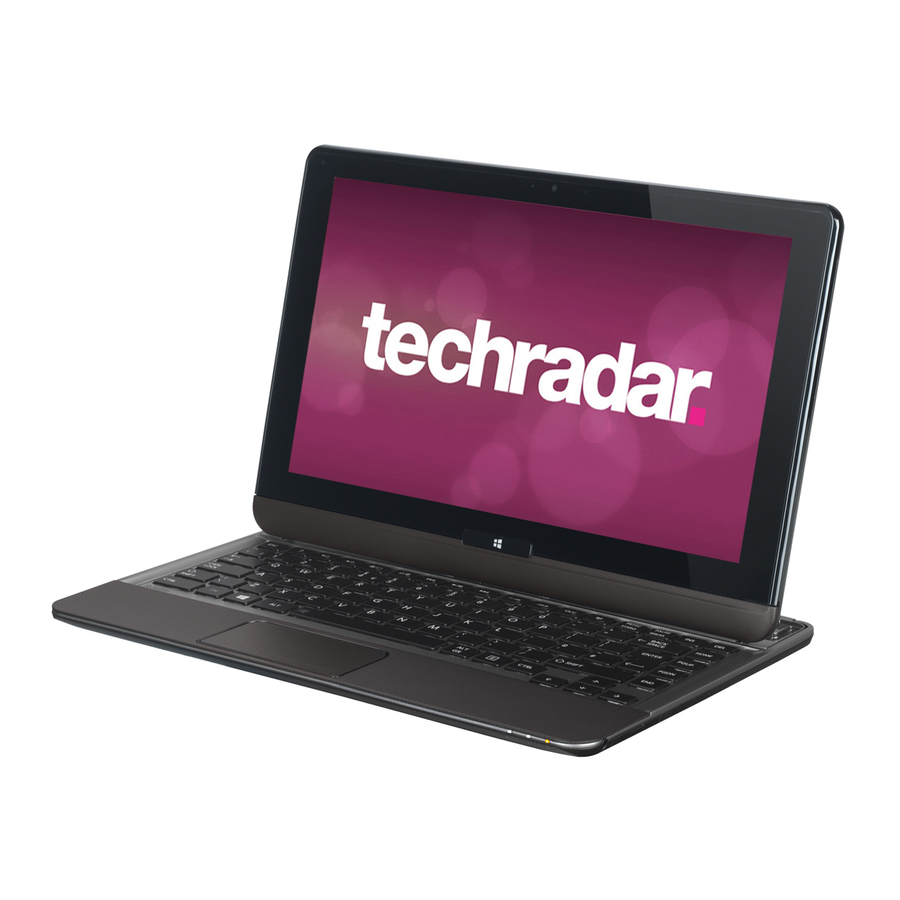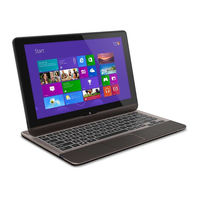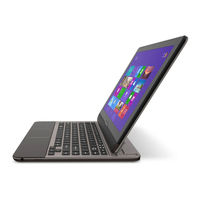
Toshiba U920t series Manuals
Manuals and User Guides for Toshiba U920t series. We have 3 Toshiba U920t series manuals available for free PDF download: Manual Del Usuario, User Manual
Advertisement
(Spanish) Toshiba U920t series Manual Del Usuario (183 pages)
User's Guide for Satellite U920 Series (Spanish Windows 8) (Español)
Table of Contents
Advertisement
Advertisement


